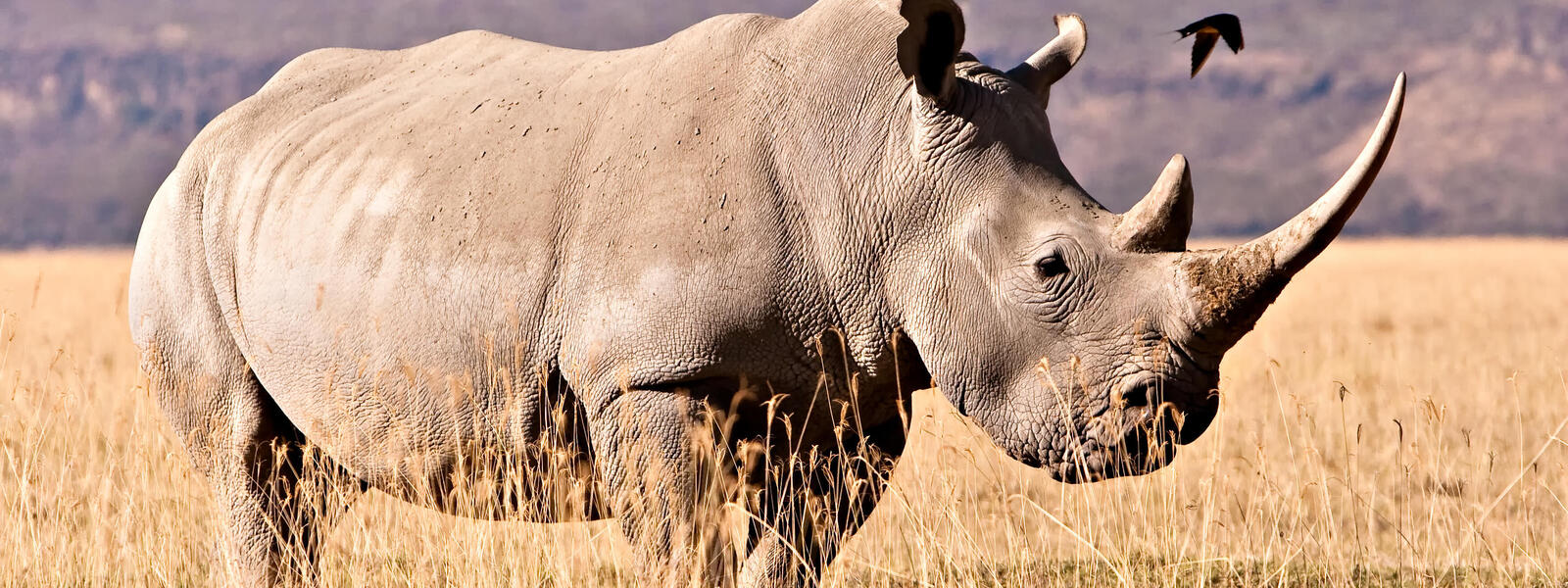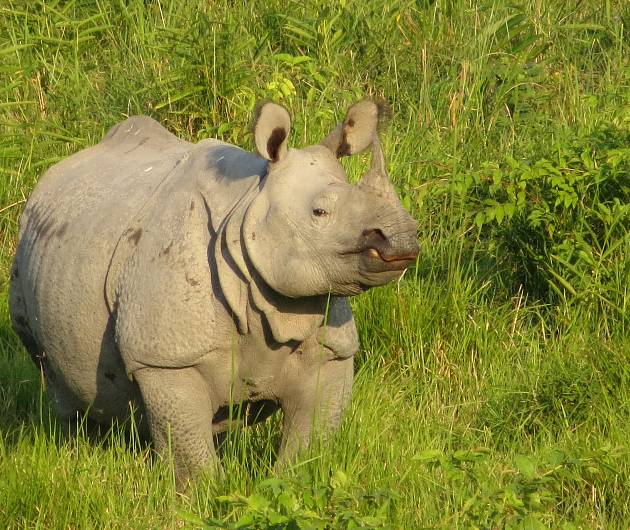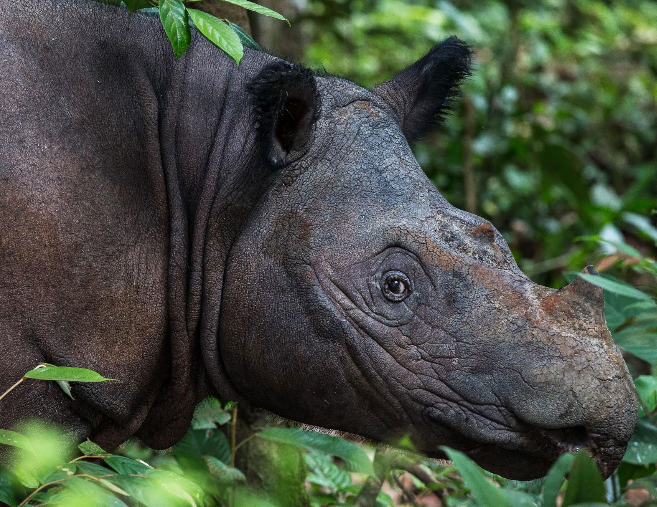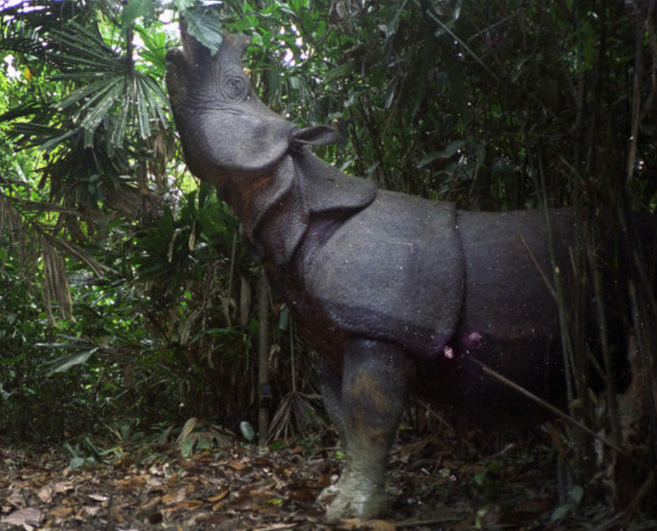Important Facts For Prelims
African Rhinoceros
- 24 Aug 2022
- 6 min read
Why in News?
Recently, a report has stated that Rhino poaching rates in Africa declined to 2.3% in 2021 from 3.9% in 2018.
- At least 2,707 rhinos were poached in Africa between 2018 and 2021, including critically endangered black rhino and near threatened white rhino.
What do we need to know about the Report?
- About:
- The report was compiled by the International Union for Conservation of Nature (IUCN), Species Survival Commission (SSC), African and Asian Rhino Specialist Group (AfRSG) and TRAFFIC.
- African Rhino Specialist Group (AfRSG) gathered information from thirteen rhino range countries:
- Botswana, Chad, Eswatini, Kenya, Malawi, Mozambique, Namibia, Rwanda, South Africa, Tanzania, Uganda, Zambia and Zimbabwe.
- Findings of the Report:
- Rhinoceros poaching rates in Africa have declined from a peak of 5.3% of the total population in 2015 to 2.3% in 2021.
- South Africa accounted for 90% of all reported cases, predominantly affecting white rhinos in Kruger National Park.
- South Africa lost 394 rhinos to poaching in 2020, while Kenya didn’t record any poaching that year.
- Rhinos in Africa:
- The total estimate of rhinos in Africa was 22,137 at the end of 2021.
- There has been an increase in poaching in private properties.
- A total of 451 rhinos were poached in South Africa in 2021:
- 327 within government reserves and 124 on private properties.
- A total of 451 rhinos were poached in South Africa in 2021:
- The number of white rhinos in the continent declined by almost 11.8% during 2015-18, while populations of black rhinos increased by just over 12.2%.
- Zimbabwe conserves the largest population of African Rhinoceroses among the four range countries in Africa namely South Africa, Namibia, Kenya and Zimbabwe.
What are the Key Points related to Black Rhino & White Rhino?
- Black Rhino:

- About:
- Black rhinos are the smaller of the two African Rhino species.
- The most notable difference between white and black rhinos is their hooked upper lip.
- While White Rhino has a square lip.
- Black rhinos are browsers rather than grazers, and their pointed lip helps them feed on leaves from bushes and trees.
- They have two horns, and occasionally a third, small posterior horn.
- Scientific Name:
- Diceros bicornis
- Habitat:
- Semi-Desert Savannah, Woodlands, Forests, Wetlands.
- Protection Status:
- IUCN Red List: Critically Endangered
- CITES: Appendix I
- Wildlife Protection Act 1972: N/A
- About:
- White Rhino:

- About:
- White rhinos are the second largest land mammal after the elephant.
- White rhinos are also known as the square-lipped rhinoceros due to their square (not pointed) upper lip.
- Two genetically different subspecies exist, the northern and southern white rhino and are found in two different regions in Africa.
- Scientific Name:
- Ceratotherium simum
- Habitat:
- Long and short grass savanna areas in grasslands.
- Protection Status:
- IUCN Red List: Near Threatened
- CITES: Appendix I & Appendix II
- Wildlife Protection Act 1972: N/A
- About:
What are Some Other Types of Rhinos?
- Greater One Horned Rhino:

- About:
- Asia's largest species of rhino, also known as the Indian rhino.
- Scientific Name:
- Rhinoceros unicornis
- IUCN Status:
- Vulnerable
- Habitat:
- Tropical grassland, shrublands, savanna
- Distribution:
- India and Nepal
- About:
- Sumatran Rhino:

- About:
- Closest living relative to the woolly rhinos. Only species to still be covered in hair.
- Scientific Name:
- Dicerorhinus sumatrensis
- IUCN Status:
- Critically Endangered
- Habitat:
- Tropical and subtropical forests
- Distribution:
- Sumatra, Sabah
- About:
- Javan Rhino:

- About:
- All Javan rhinos in the world survive in Ujong Kulon National Park.
- Scientific Name:
- Rhinoceros sondaicus
- IUCN Status:
- Critically Endangered
- Habitat:
- Tropical and subtropical forests
- Distribution:
- Sumatra, Sabah
- About:
UPSC Civil Services Examination, Previous Year Questions (PYQs)
Q. Consider the following statements: (2019)
- Asiatic lion is naturally found in India only.
- Double-humped camel is naturally found in India only.
- One-horned rhinoceros is naturally found in India only.
Which of the statements given above is/are correct?
(a) 1 only
(b) 2 only
(c) 1 and 3 only
(d) 1, 2 and 3
Ans: (a)
Explanation:
- Asiatic lions were once found in regions ranging from Persia (Iran) to Eastern India. By late 1890s range of Asiatic lions got restricted to the Gir forest range of Gujarat, India. With the continuous efforts of State and Union Government, the population of Asiatic lions increased from 523 in 2015 to 674 in 2020. Hence, statement 1 is correct.
- The double-humped camel is a native of the Gobi desert and is found on a vast expanse of cold-desert areas across Mongolia, China, Kazakhstan, Turkmenistan, Uzbekistan and parts of Afghanistan. Hence, statement 2 is not correct.
- The one horned rhinoceros are found in North- Eastern India and the Terai grasslands of Nepal. Hence, statement 3 is not correct.
- Therefore, option (a) is the correct answer.




